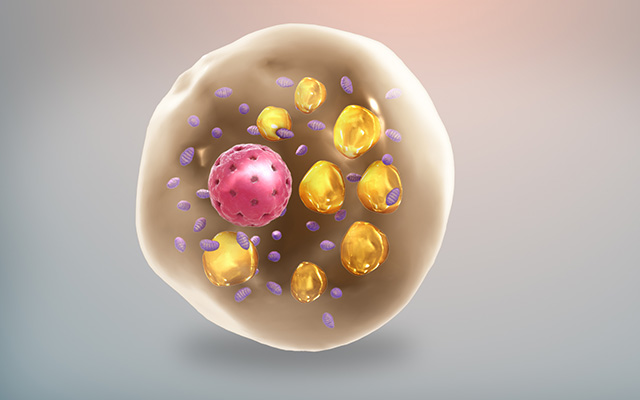Brown fat, or brown adipose tissue (BAT), is a distinct type of fat in the human body, which plays a crucial role in burning calories from food into heat, particularly during cold temperatures. Contrary to the white fat found in our bellies and thighs, brown fat is beneficial for energy production and metabolic regulation.
Recent studies have shown that adults can maintain brown fat throughout their lives, making it an attractive target for potential obesity treatments due to its calorie-burning capabilities. However, researchers from the University of Southern Denmark and the University Hospital Bonn in Germany have uncovered a previously unknown mechanism that limits brown fat’s effectiveness.
The team, led by Prof. Jan-Wilhelm Kornfeld from the University of Southern Denmark and the Novo Nordisk Center for Adipocyte Signaling (Adiposign) and Dagmar Wachten from the University Hospital Bonn and the University of Bonn, has identified a protein called AC3-AT as the “off-switch” for brown fat.
As reported in the journal Nature Metabolism, the researchers found that shortly after activating brown fat, AC3-AT is produced, which then inhibits the fat’s heat-producing abilities. First author of the study, Hande Topel, a Senior Postdoc at the University of Southern Denmark and the Novo Nordisk Center for Adipocyte Signaling (Adiposign), explains that this discovery sheds new light on the complex regulation of brown fat and its potential as a treatment for obesity.
The researchers believe that understanding the intricacies of brown fat’s activation and deactivation could lead to the development of more effective drugs to boost its heat-producing abilities and potentially help combat obesity.
*Note:
1. Source: Coherent Market Insights, Public sources, Desk research
2. We have leveraged AI tools to mine information and compile it.



